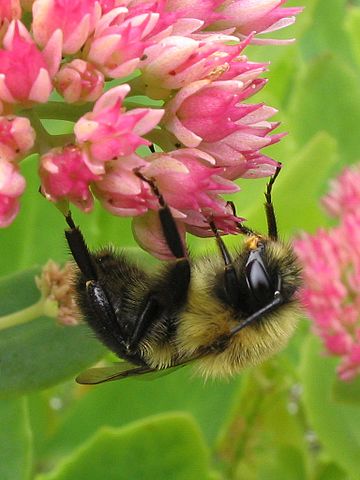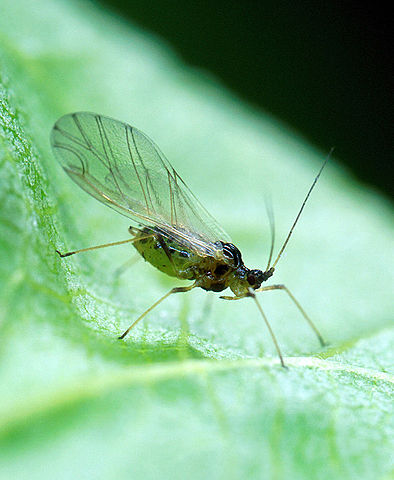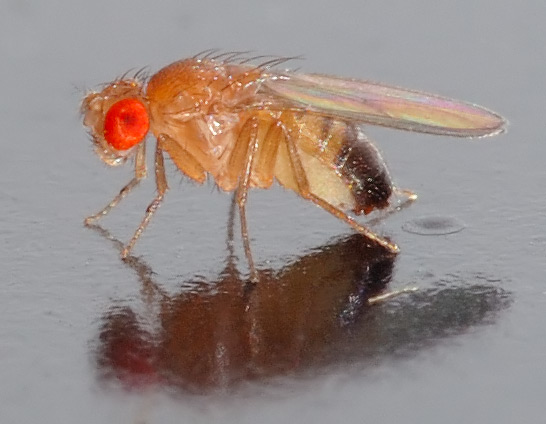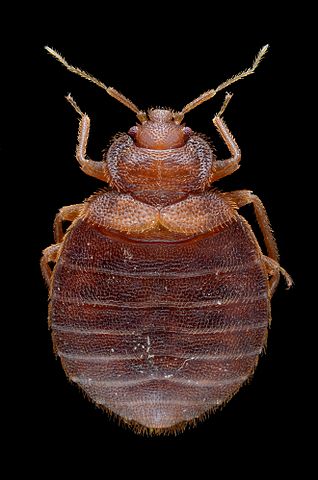As a graduate student, publishing a paper is a big deal. After spending countless hours doing the research, slogging through the writing process, soliciting comments from co-authors, formatting the paper to meet journal guidelines, and dealing with reviewer comments, it’s nice to finally get that acceptance letter and know that your work is getting out there.
We are continuing to help publicize graduate student publications to the wider entomological community through our Research Roundup. The ESC Student Affairs Committee is happy to be posting a second roundup of papers authored by Canadian graduate students. If you published an article recently and would like it featured, e-mail us at entsoccan.students@gmail.com.
For regular updates on new Canadian entomological research, you can join the ESC Students Facebook page or follow us on Twitter @esc_students.
So, what’s hot off the press, you ask? Here’s what some entomology grad students have been up to between 31 January 2015 and 4 March 2015:
Systematics and Morphology
Piophilidae is an important family of flies to forensic entomology: their occurrence on a corpse can help determine post-mortem interval and assist legal investigations. Sabrina Rochefort (McGill University) and colleagues provide an updated key to the forensically pertinent Piophilidae in the Nearctic Region. Article link
Read more in a post on the ESC Blog
Physiology
Enrique Rodriguez (University of Ottawa) and colleagues put the membrane pacemaker hypothesis to the test for the first time in invertebrates. They found that membrane composition of flight muscle in tropical orchid bees varies with body size and flight metabolic rate. Article link
Behaviour and Ecology
How do bumblebees deal with flowers that are blowing in the wind? Hamida Mirwan (University of Guelph) and colleague found that one species of bee showed no preference between mobile and immobile flowers but motion may be a factor in terms of foraging performance. Article link

Bombus impatiens – By [1] [CC BY 2.0 (http://creativecommons.org/licenses/by/2.0)], via Wikimedia Commons
“Jumping spiders exposed to low doses of insecticide show changes in their personalities. Insecticides alter behaviours by jamming neural transmission. Most studies on insecticide toxicity compare how behaviours differ in average between insecticide-exposed and control groups, but they don’t take into account how insecticides affect variation in behaviour (aka personality). Bronze Jumping Spiders exposed to the insecticide had lower amount of personality differences in activity and prey capture behaviours and exposed spiders were in general more “unpredictable”. These effect also varied by sex. Activity differences were more strongly affected in males while prey capture capacities were more strongly altered in females.
These results suggest that the effects of insecticides on personality differences may manifest before any effects on the population as a whole are detected, in which case scientists may be frequently underestimating the toxicity of insecticides. Spiders play an important role in agricultural fields as they help regulate pest outbreaks. These personality alterations may affect spiders’ capacity to provide this important ecosystem service.
A more detailed explanation of this research is available here”

A female jumping spider, Eris militaris (Araneae: Salticidae). Photo by Crystal Ernst; provided by Raphaël Royauté
Matt Yunik (University of Manitoba) and colleagues discovered that unfed American dog ticks have the ability to survive an additional winter. Prior to this research, it was thought that these unfed ticks searching in spring died before the next winter. Article link
Fanny Maure (Université de Montréal) and others found and characterized a new RNA virus of Dinocampus coccinellae, a parasitoid of the ladybird beetle Coleomegilla maculata. The virus appears to be a symbiont of the parasitoid which is stored in the adult wasps’ oviducts and is transmitted by the parasitoid larva to its ladybird host. The virus then moves to the ladybird’s brain and replicates, inducing paralysis and twitching, around the same time that the parasitoid larva emerges and spins a cocoon between the legs of its host. The infected ladybird then acts as a twitchy bodyguard against predators while the parasitoid develops. Then, amazingly, when the adult parasitoid emerges from the cocoon, the viral infection in the ladybird’s brain clears and the host resumes normal behaviour! Article link

A virally-manipulated ladybird “bodyguard” protecting its ‘puppet master’ from predators. Photo provided by Jacques Brodeur.

Former UdeM student Fanny Maure with her PhD work featured on the cover of National Geographic! Photo provided by Jacques Brodeur.
Megan McAuley (University of Guelph) and colleagues found that repeated conditioning with a floral scent is needed for long-term memory establishment in bumblebees. Article link
Murali-Mohan Ayyanath and colleagues show that sublethal doses of an insect growth regulator stimulate reproduction in the green peach aphid. Article link
Do different pollen-packing behaviours by bees affect the functional value of pollen? PhD student Alison Parker and colleagues found that the pollen transported by non-corbiculate bees remains fully functional whereas the packing behaviour by corbiculate bee species can decrease the functionality of their pollen. This research suggests that non-corbiculate bees may be more valuable pollinators. Article linkA study by Lorraine Adderly and colleague finds that solitary bees are important for pollination in seablush plants in the Gulf Islands and on Vancouver Island. Article link
Insect Management
Chaminda E. Amal de Silva helped provide evidence for there being high rates of blueberry spanworm parasitism in lowbush blueberry fields in eastern Canada. De Silva and colleagues suggest using augmentative or conservation biological control as a management technique against spanworm. Article link
For a forest moth, colouration is costly—especially under poor conditions (Article link). Coming soon, we will be featuring a post by Jessica Ethier (Concordia University), who took the lead on this long-term project.


























